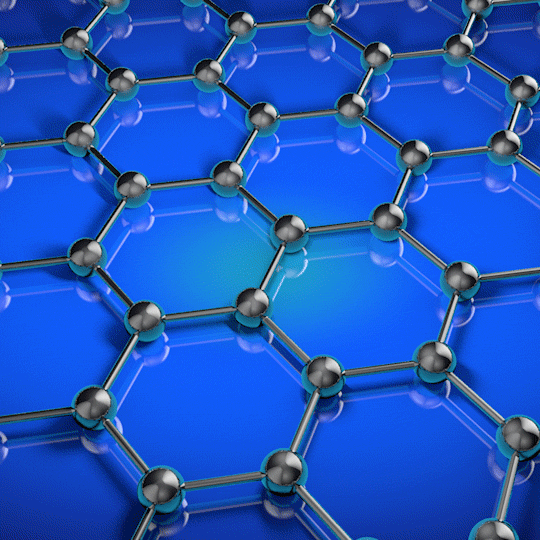Section (Self-organized electrical nanostructure)
Self-organized electrical nanostructure of DND in nanoelectronic devices and accessories
Researcher and author: Dr. ( Afshin Rashid)

Note: Graphene nanoparticles, due to their high electrical properties as well as the abundance of their main component i.e. graphite in nature, are considered a suitable alternative for nanoelectronic devices and accessories for the purpose of producing electronic ( self-organized electrical nanostructure DND ) .
On the other hand, due to the unique properties ( self-organized electrical nanostructure of DND ) , including nanoelectrical , nanoelectrochemical properties and high specific surface area, this material can be used in many applications such as sensors, nanotransistor , energy storage sources and all kinds of nano-micro electronic devices have increased significantly. ( DND self-organized electrical nanostructure ) has significant nanoelectronic properties, including; high Young's modulus; High fracture strength , excellent nanoelectrical conductivity, fast movement of (nanobars) . Simple electrostatic interaction between ( DND self-organized electrical nanostructure ) in a solution, graphene nanoparticles exist as semiconductors, nanotransistors. In terms of building blocks, graphene is fundamentally different from other two-dimensional or three-dimensional graphite materials and other geometric forms of carbon, such as zero-dimensional spherical fullerene. Graphene is made of one layer with one-dimensional carbon nanotubes from a hexagonal ring, which can be proposed as a supermolecule of aromatic planar conjugation. The planar structure of graphene has created an excellent ability to use this material in the field of transfer and electrostatic interaction in nano-electrical devices.
The structure ( self-organized electric nanostructure DND ) is the importance of the nanoscale in changing the properties and characteristics of materials in these dimensions. Properties such as strength, flexibility, electrical conductivity, magnetic properties, color, reactivity, etc. Starting to change the properties of the material by shrinking it depends more on the type of material and the desired property. For example, by reducing the dimensions of a nanoporous material, generally some mechanical properties of the material such as strength are improved.
The application of ( DND self-organized electrical nanostructure ) in electromagnetic interference shielding nanomaterials and nanoelectrostatic discharge in nanoelectronic devices to Rectenna nanoantennas, and nanosupercapacitors has been extended. The effectiveness of graphene particles in electromagnetic interference shielding and enhanced with modified graphene nanoribbons is measured. There are single-layer, double-layer and multi-layer graphenes . With its low thickness, this material is the hardest known material. Graphene is very transparent because it has a thickness of one atom and allows light to pass through it and has high nano electrical conductivity.
Conclusion:
( Self-organized electrical nanostructure DND ) due to their high electrical properties as well as the abundance of their main component i.e. graphite in nature, they are considered a suitable alternative for nanoelectronic devices and accessories in order to produce electronic nanostructures.
Researcher and author: Dr. ( Afshin Rashid)
Specialized doctorate in nano-microelectronics





